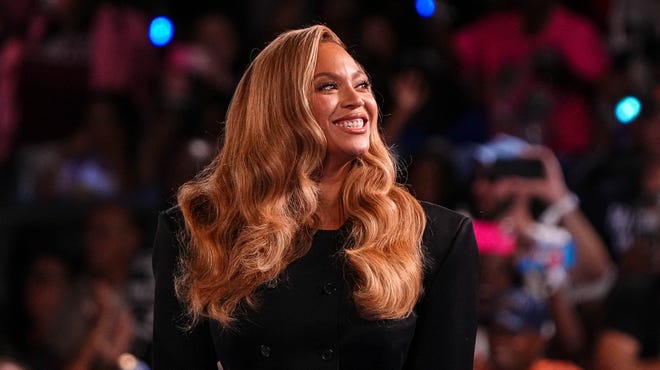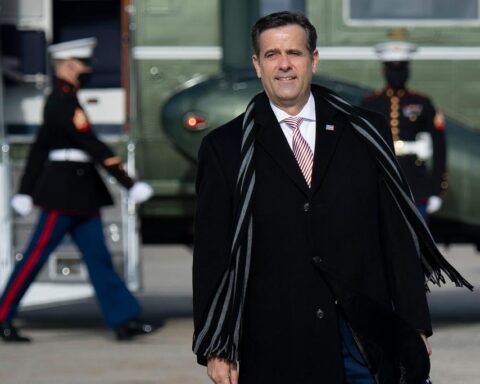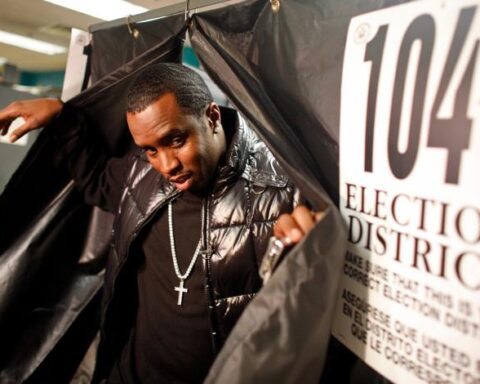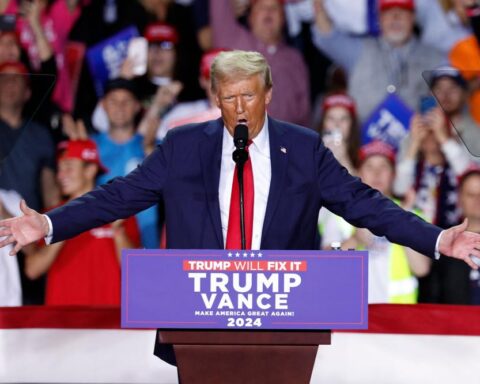As staff and vendors voice concerns over unpaid wages, the extravagant concerts—featuring stars like Lady Gaga and Katy Perry—may have drained campaign resources ahead of Harris’ stunning loss to Donald Trump.
As Election Day 2024 drew near, Vice President Kamala Harris’ campaign faced an internal backlash over its decision to spend up to $20 million on star-studded concerts aimed at mobilizing voters in crucial swing states. With performances by top artists such as Lady Gaga in Philadelphia, Jon Bon Jovi in Detroit, and Katy Perry in Pittsburgh, the campaign hoped to galvanize voters and sway the election in their favor. However, the extravagant concerts, which occurred on the eve of the election, were met with criticism as reports surfaced that the campaign was left deeply in debt following its loss to Donald Trump.
The concerts, which included appearances by artists who donated their time—such as Christina Aguilera and 2 Chainz—required considerable financial and logistical resources, raising the total estimated costs to an eye-popping $15 million to $20 million. While many of the performers volunteered their services, the production teams, staff, and vendors involved in the events have since voiced concerns that they may not receive the payments they were promised. The events also raised questions about the management of funds, as campaign insiders revealed that the spending had a significant impact on the already stretched campaign budget.
Sources familiar with the campaign told The Post that the concerts, conceived by Obama campaign veterans Stephanie Cutter and David Plouffe, were intended to attract lower-propensity voters. However, they came at a steep price, both financially and politically. The campaign’s internal tensions were evident as last-minute changes and cancellations—like the scrapping of an Alanis Morissette performance—further escalated costs.
One source cited a breakdown in campaign management, where an attempt to scale back costs in the final week only made matters worse. “They were ‘spending to zero,’ but I guess they overshot zero,” the source quipped, highlighting the growing frustration within the campaign. Despite these concerns, Harris campaign chairwoman Jen O’Malley Dillon ultimately gave the green light to the concert series, only to face criticism afterward for allowing the costs to spiral out of control.
In a year marked by financial struggles, the campaign’s failure to effectively allocate resources came at a time when concerns about inflation, high interest rates, and economic instability were top of mind for many voters. The campaign’s push to win over voters with celebrity endorsements and glitzy performances drew skepticism, especially as many felt the funds could have been better spent on targeted advertising that addressed voters’ immediate economic concerns.
In the aftermath of the election, the campaign found itself saddled with a $20 million debt. While efforts to reconcile the campaign’s finances are underway, many vendors and staffers are still waiting for payment, adding fuel to the fire of internal criticism. In the days following the election, donation pages continued to solicit funds, presumably to close the financial gap left by the extravagant expenditures.
As the dust settles from a disappointing election night, Harris’ team is left grappling with both a historic loss and the financial fallout from their high-profile campaign strategy. For many, the question remains whether the star-studded concerts were a worthy investment—or a costly misstep in a campaign that failed to meet the expectations of its supporters and donors.

















